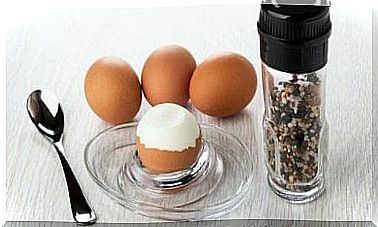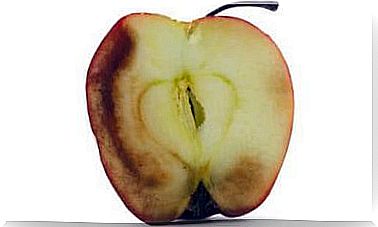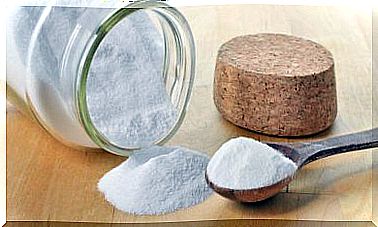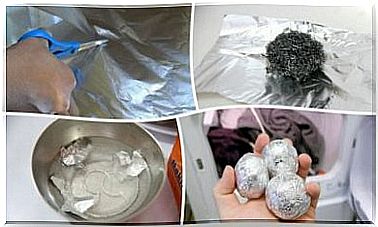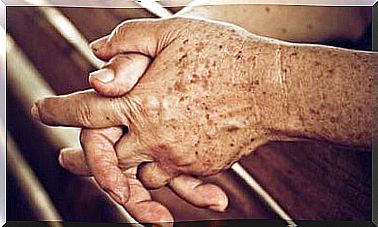How To Choose The Best Pacifiers For Your Baby?
The use of pacifiers in babies is a subject of debate. However, if you do decide to use it, you need to know a few keys to choosing the best pacifier for your child.
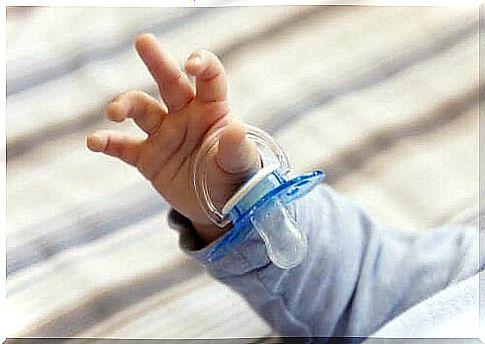
If you have had or are going to have a baby, at some point you will wonder how to choose the best pacifiers for him or her. You will be looking for the best quality but you will be faced with a great variety. What are the experts saying about this?
In this article, we’ll give you some tips on choosing the best pacifiers for your baby. Indeed, you learn every day to offer the best to your child for his health. Read on!
Pacifier: yes or no?
Before deciding between the best pacifiers for your baby, you might be wondering whether you should buy one or not. Like everything in the world of babies, this subject is the subject of debate between defenders and opponents.
The use of the pacifier is very common in many cultures as a comforting item for the baby. However, there are different opinions when it comes to shape, material and even time of use:
- As a rule, the biggest argument in its favor is its relaxing effect. Today, it is even claimed that the pacifier could reduce the risk of sudden newborn death syndrome.
- In contrast, opponents focus on the possibility that this non-nutritious sucking habit is detrimental to breastfeeding. Dental malformations and a greater risk of accidents are also mentioned, among other things
General recommendations
Despite this widespread debate, there is consensus on these 3 recommendations when it comes to the pacifier:
- Do not give the baby a pacifier during its first 15 days
- Gradually restrict her from her 8 months
- Completely remove it when the child is 1 year old
How to choose the best pacifiers for your baby
First of all, when choosing the best pacifiers for your baby, there are a few factors that you will need to consider. For example, age, if he has difficulty breastfeeding, etc.
There are some general indications regarding the shape and the material which we will detail next. However, don’t forget to define your baby’s needs.
1. The shape
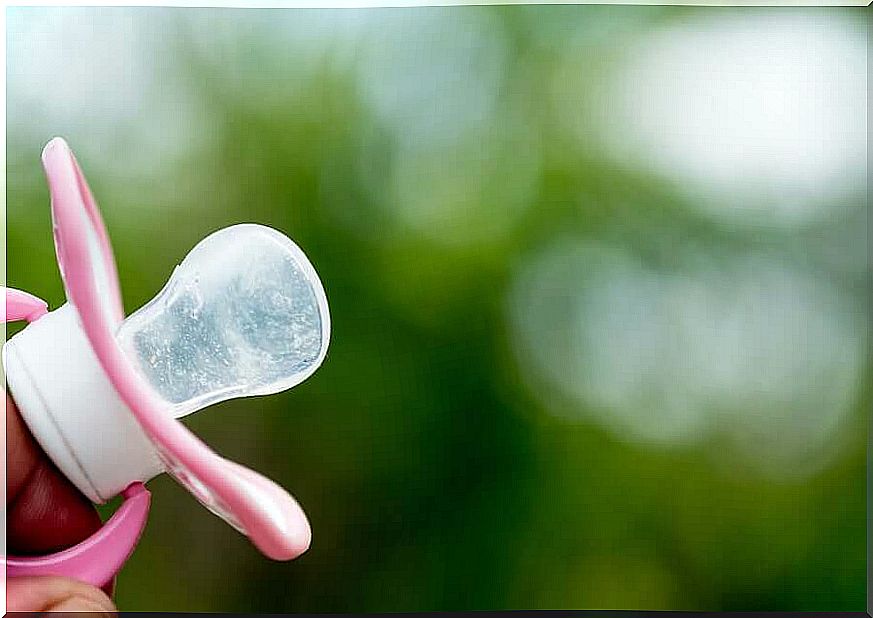
When choosing the nipple, we have to think s facilitated cleaning. We can check that the shape does not have any holes or spaces that can hold moisture and promote the appearance of mold.
It is also important that the pacifier is made in one piece. In other words, the handle must not be able to break. This would involve a great risk for the baby.
2. The material
The most suitable material for your baby’s pacifier is bisphenol A free soft silicone. This substance, better known by its abbreviated name BPA, is associated with several diseases such as hormonal changes and cancer.
We need to know that the material will be at a high temperature and humid. These factors facilitate the detachment of this compound and other chemicals. This is why we totally advise against pacifiers with BPA.
Regarding the material, it is also essential that we think about the cleaning. Unlike silicone, for example, latex allows bacteria to grow faster.
3. Special pacifiers adapted to your baby’s needs
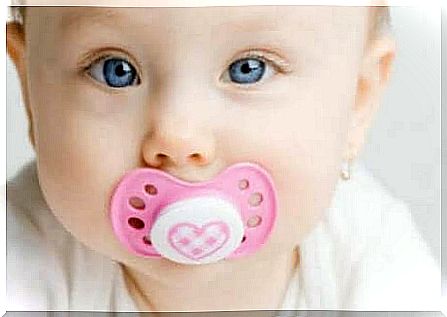
- There are special pacifiers to facilitate breastfeeding. They mimic the shape of the nipple. They even have a similar texture that adapts to the pressure of the baby’s mouth. These pacifiers force him to place his tongue in the same way as if he were breastfeeding.
- There are also pacifiers designed especially for premature babies. Including for those born before the 30 weeks. They are lighter and smaller and they mimic the shape of a newborn’s thumb
- Finally, orthodontic teats promote good development of the oral cavity. They are shaped appropriately for proper growth of the mouth and teeth. However, not all babies like it. In addition, if the position changes, this type of pacifier is no longer effective.
When deciding on a pacifier, keep in mind that your baby should also like it. Sometimes it is possible that he trusts the attractive appearance more or that after trying it, he does not want it anymore. Therefore, be patient and follow these tips to at least ensure maximum quality and safety for your child.
